Las Vegas-based fashion designer David Tupaz is the artistic force behind David Tupaz Couture, the first couture atelier in the City’s history, recognized as the hub and heart of Nevada’s fashion industry. The Philippines-born designer shows his work at every major Fashion Week in the U.S. and was awarded International Designer of the Year by Metropolitan Fashion Week in 2015.
He has dressed celebrities including Kris Kardashian, Mariel Hemingway, Cheryl Ladd, and Debbie Gibson, and is founder of the Las Vegas Fashion Design Council, a non-profit that mentors local designers, students, and artists.
David Tupaz is also the creative director of Las Vegas’ international fashion and art magazine, Chic Compass, and was exclusively featured in a retrospective exhibition of his designs at the Seattle Art Institute. He is among many distinguished designers featured in Janet Susan R. Nepales’ recently released book FASHION. Filipino. Hollywood. The World.
Paul Quinn: David, your pathway to success is the ultimate entrepreneur story. It also happens to have one of the most dramatic “ask” stories I’ve ever heard, which we’ll get to a bit later. Would you take us back to the beginning of your career?
David Tupaz: I graduated with a degree in interior design and, because there’s no industry in Hawaii, where we lived after The Philippines, I went to New York for work. But it was during the Gulf War, the economy was at a standstill, and nobody was hiring in interior design.
I applied for a job as assistant to the chief pattern maker at a premiere design house. At the interview, the man behind the desk said, “I don’t see any fashion experience in your resume. Why are you here?”
At first, I didn’t understand what he was asking me. I showed him the classified ad and said, “The ad says ‘assistant to the pattern maker’ — it doesn’t say with experience.” He laughed so hard!
He told me I was the ninth person he interviewed for the job and none of them had experience in fashion, and that when he’d asked, “Why are you here?” they kind of excused themselves and left. He told me, “But you’re using your head. You have common sense and that’s what I need in this office. When can you start?”
Paul Quinn: What was it like to work there, in an industry you initially knew nothing about?
David Tupaz: In the years I worked with him, I learned everything he was doing. It was like having a personal tutor. He explained the difference between Italian tailoring and French tailoring and the way they do it in London and Saville Row. He explained the process and different ways to cut, whereas today a lot of people in the fashion industry depend on computers. But he was an old school guy teaching me old tricks.
Paul Quinn: And that’s what turned you from interior design to fashion?
David Tupaz: Yes. I practically learned everything through him and realized I really liked this industry, because fashion is the only industry that changes every season.
I love the challenge. I love the idea of making people look beautiful. I grew up in a culture that focuses on giving. And if I could enhance the way people look or present themselves, make them believe in themselves because they feel good, it’s a reward. A blessing.
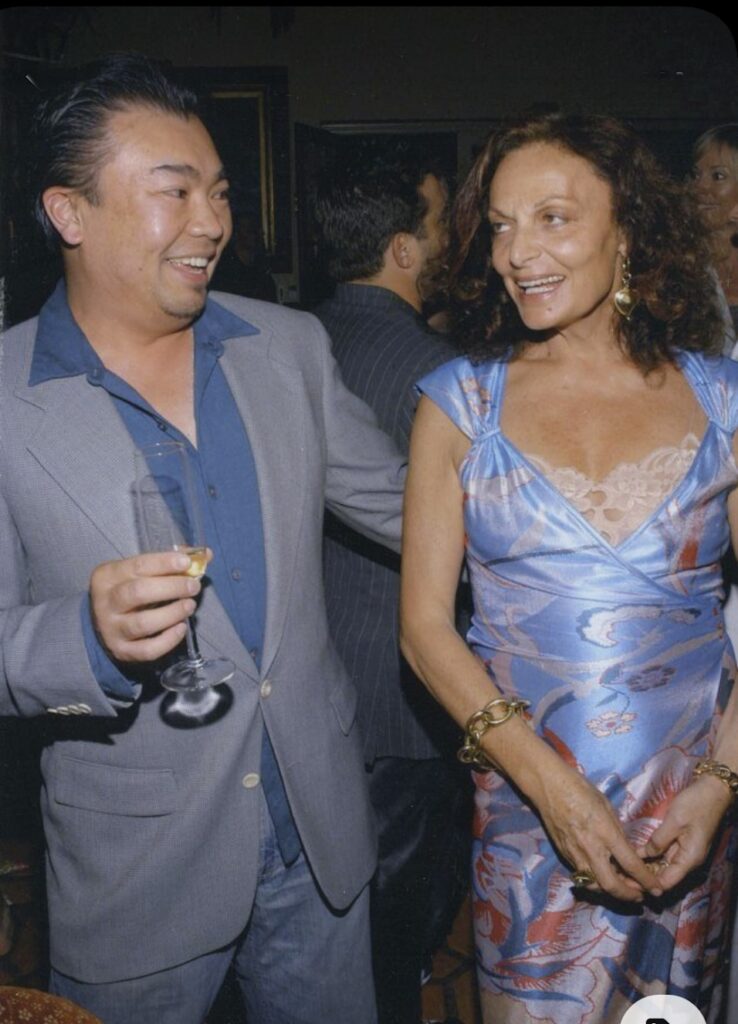
Paul Quinn: You then moved from New York to LA.
David Tupaz: Right, I wanted to start my own business, but you need a lot of capital to do that in New York, so I thought maybe I’d be better off in LA.
I had about $7,000 saved up, which wasn’t bad for 1997, and got a two-bedroom apartment in a beautiful 1920s building. My thought was that before I’d work for myself, I’d get a job in the garment district, so I started applying for design and assistant design jobs.
I felt confident with my New York background and thought it would be easy to impress the California people. But I was wrong.
Paul Quinn: How so?
David Tupaz: Every design house told me I was overqualified. The perception was that the next step for designers from New York would be Paris or Milan or London, not LA. Coming from New York to LA was looked at as a step down. They thought something must be wrong with me, that I got fired or didn’t work well with people or something.
I was so desperate but couldn’t get a job. My rent was $1,050. I didn’t have furniture or a bed. Friends brought me pillows and comforters and I was literally sleeping on the floor.
A week later, a friend called and told me a Korean lady was closing her manufacturing factory and selling all her [industrial sewing] machines. The lady was so gracious when I told her I was going to be a designer. She said to start my business I’d need 3-4 industrial machines, which I knew, and then offered them all to me for $2,000. I had my machines!
Paul Quinn: Sounds like a great deal. Was it?
David Tupaz: Oh, yes. Brand new sewing machines go up to $5,000 each. If I was buying the machines new it would’ve been an easy $20,000. After I paid her in cash, I had $1,000 left. I didn’t even have glasses or silverware. I would go in every morning to the strip mall across from my apartment and grab paper cups from Starbucks and Carl’s Jr. That’s how I lived.
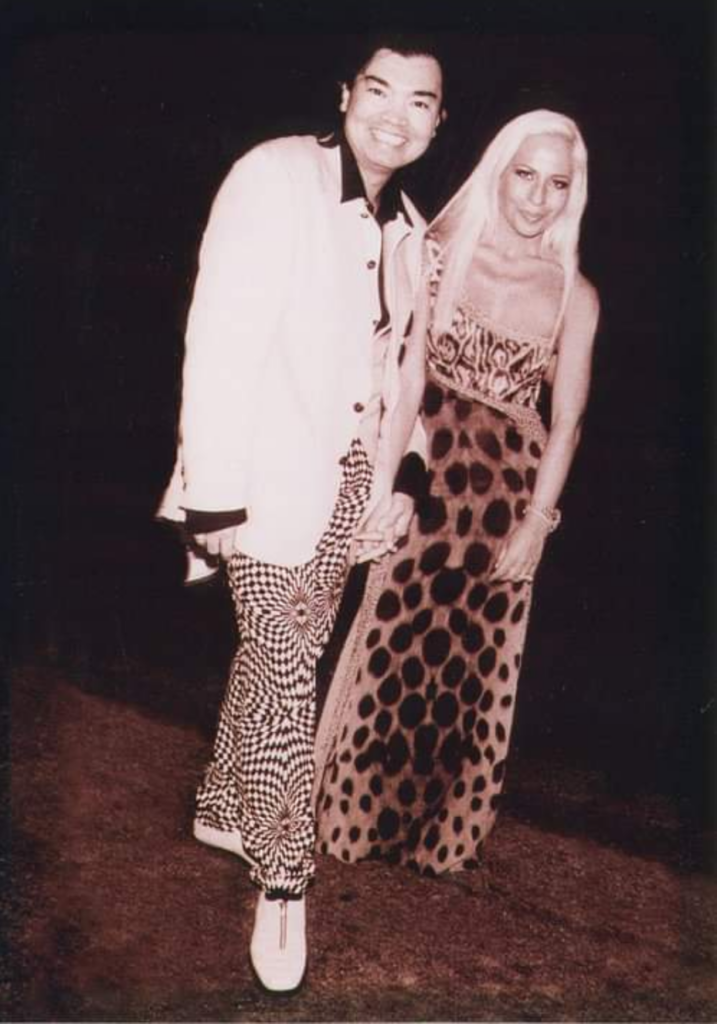
Paul Quinn: So, you had all the machines to start a business but no income?
David Tupaz: Yes, and I was so stressed out. I had to get a job somehow. I was up at 4:30 one morning, couldn’t sleep. I saw a light on at the Starbucks across the street from me and went in. There was a sign on the door, “Hiring Now.” I asked for an application. It was a humbling experience — from New York City to Starbucks (laughs).
As I was finishing my application, somebody called my name. I looked up and saw it was the guy who used to date my roommate in New York, Catherine, a model. He asked me what I was doing there, and there I was with the Starbucks application form, which was slowing disappearing because I was now hiding it under the table! He asked me if I was doing design work here. I told him I was in LA to start a business but that it was challenging.
And then he said, “I know you make clothes. My cousin is getting married and she’s looking for somebody who can make her dress.”
I was so desperate that I said I could meet her today. She came to my apartment that evening which had nothing in it except the sewing machines I bought. She was literally sitting on one of the machines showing me pictures from different magazines and tear sheets of the kind of dress she wanted. I did the mockup in about an hour.
Prior to that, I’d gone around LA to different tailor shops and dress shops to find out the market value of a custom-made dress, which was about $1500 depending on the details.
The next day she came by and tried it on and said, “This is the dress!” When she asked me how much the dress would cost, I said around $1800. And when she heard the amount she said, “Eighteen-hundred dollars?”
My first reaction was, oh-oh, did I overprice it?
And then she said she had a budget of $5,000 for her dress! She asked if I could [bring it closer to budget] by getting a better kind of crystal, etc. I said, of course! She called her mother and said, “Mom, you have to have David make your dress for the wedding.” Before you know it, I was doing 15 dresses — mother of the bride, maid of honor, bridesmaids, flower girl. And the bill came to $16,000.
Paul Quinn: No problem furnishing your apartment after that, right?
David Tupaz: Right! After that contract I was able to buy a bed, I had a sofa, I had a life. And the rest is history. Because after the wedding some of their friends were planning their weddings and started ordering from me. That’s how I started my business.
I still do bridal today because it’s the most important dress a woman will wear in her life. The amount of money women spend on their dress is unbelievable. I opened my studio in Topanga Canyon and bought a small house. I believe in little steps to success.
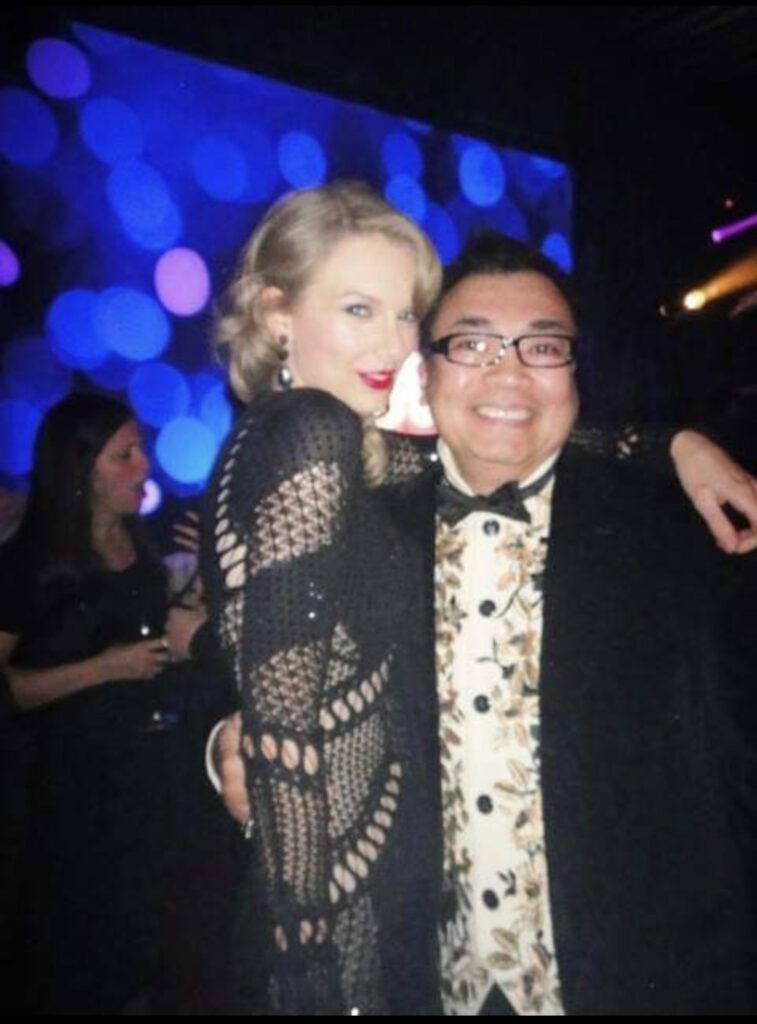
Paul Quinn: So, David, take us to that day in 2007, which I’ll call “the incident.”
David Tupaz: Early one morning, I arrived at my studio and realized the back door was open and there was a crack in the wood. I thought, Uh-oh. The whole place was empty. Jewelry pieces, equipment, computers, all stolen. My collection of archive samples—15 years of work—gone. The only thing left were the clothes on the mannequins in the window. I was in a panic. It turned out that every business on the ground floor of the entire building was robbed.
There had been six wedding gowns in garment bags, on the rack, waiting for pickup. All were ordered a year before. The first dress was to be picked up in three weeks.
I thought, Oh my god, what do I tell these women? They can’t have their wedding because their dresses were stolen? The robbery wasn’t their fault, or mine, but it was my responsibility regardless. I cannot destroy the most important day of their life. I didn’t even think about the loss of everything else, I was just so focused on those dresses.
Paul Quinn: What did you do?
David Tupaz: While the detectives were all over the place looking for fingerprints, I was in a panic, on my phone, calling a friend, saying, What am I going to do?
He said, “Will you still be able to order the same material?” I said yes. He said, “Well do that NOW!”
That’s when I started calling my friends around town. I called some of my designer friends, my manufacturing friends, for help. The good thing was that I had the patterns for the dresses.
I was able to divide up the six dresses with different designers and manufacturers. Six people were helping me recreate six dresses. And it’s not just one person making one dress. There’s a pattern maker, the person that cuts the fabric, the seamstress that puts the dress together, the people that sew the beads and sparkles onto the dresses, and the finishers, the people that steam it. A collaboration of 5-6 people per dress. It takes about a month and a half to create a dress.
Paul Quinn: So, a month-and-a-half to create a dress. But at least one of those dresses was due for pickup in three weeks, right? How long did it take them to recreate all six designs?
David Tupaz: They finished everything in two-and-a-half weeks.
Paul Quinn: Wow!
David Tupaz: I was almost in tears when, one by one, they would call and say, “David come over and check this out.” And I’d come over before they’d stitch the last piece of thread on the hem, and I’d see that it was exactly as I had done it, to perfection.
When the brides tried them on, they never knew these weren’t their original dresses. That’s when I was able to breathe.
Paul Quinn: It’s such an extraordinary story. What did you take away from this?
David Tupaz: The humanity of asking. It’s very seldom that I would ask favors. I don’t even ask favors from my own family. So, it was a very humbling experience. Not once did they have reservations when I asked. Their attitude was, Of course I’m going to help.
The fashion industry, the garment industry is like a huge family. And we are a diverse family – Latin, Asian, Jewish, Persian. There’s a genuine support, a genuine relationship. And everybody came together in my time of desperate need to save me. It felt like hearts were opened. I was so grateful. Of course, there was a price tag because it was considered a rush job, but I didn’t care! (laughs)
Paul Quinn: You asked, and the community responded. Beautiful.
David Tupaz: What binds us together is the respect and appreciation for each other. It was never competitive between us, it’s community. I don’t believe in competition. I believe in cooperation. I was asked to be a judge for Project Runway, but I don’t believe in contests where somebody competes to be the best. I believe that everybody can be the best if we support one another.
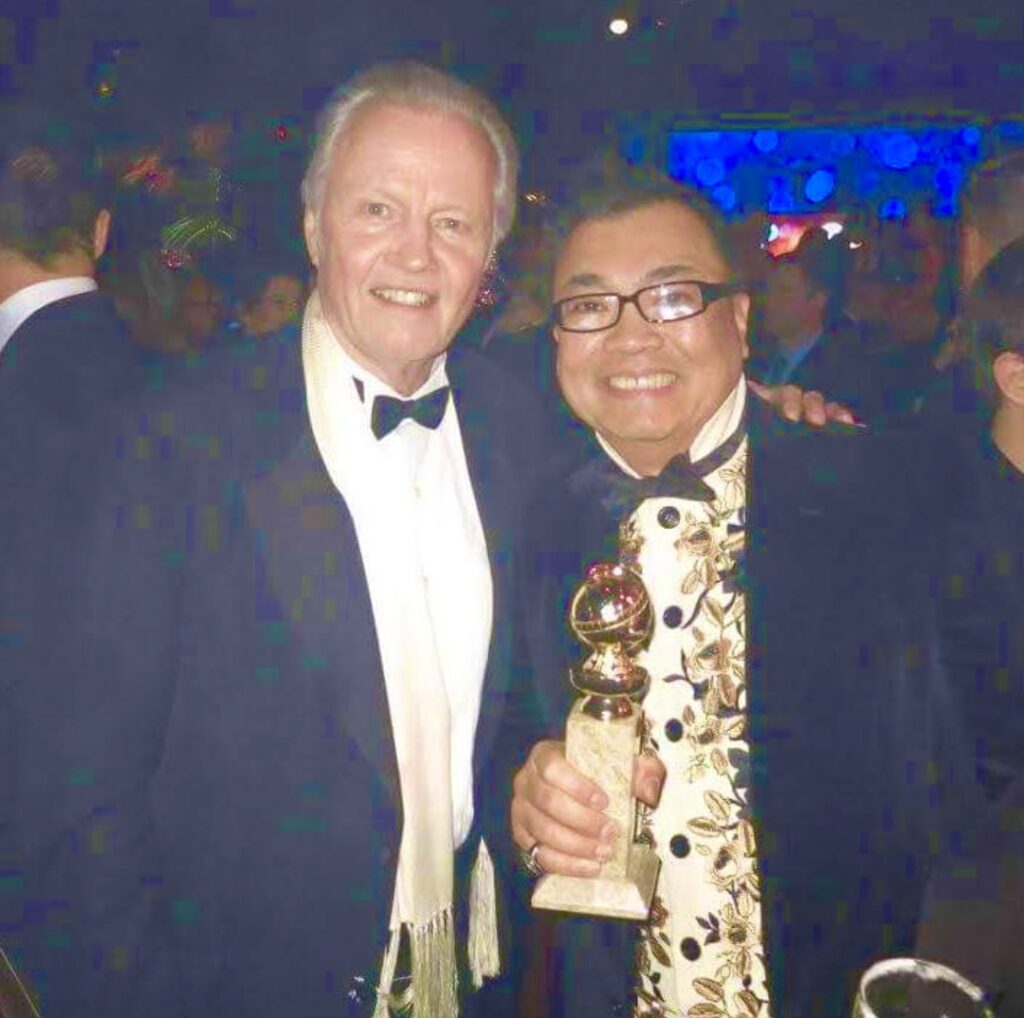
Paul Quinn: You eventually left LA and went to Las Vegas, where you’ve been living and working since 2009. What attracted you to Vegas?
David Tupaz: After the theft of my work, the economy collapsed in 2008. I had to start over again. I had to reinvent myself. I believe that you can only create a new life in a new world, you can never create a new life in an old world.
Moving to Vegas was a new world for me, a place where I could build a new life. And I saw it as a place where fashion could flourish. Why should fashion be restricted to New York? Talent is everywhere.
Paul Quinn: And just as the design community helped you out, I understand that you’re paying it forward as a mentor in Las Vegas?
David Tupaz: Yes, the Las Vegas Fashion Design Council helps support naturally talented and creative young people who don’t come from money and can’t afford art school or fashion school.
It’s not enough that we teach them, not enough that we give them the knowledge and the techniques; we have to continually inspire them, because teaching is different than inspiring.
I always tell young designers, it’s not enough that what you’re doing turns out right or to perfection, you have to fall in love with what you do.
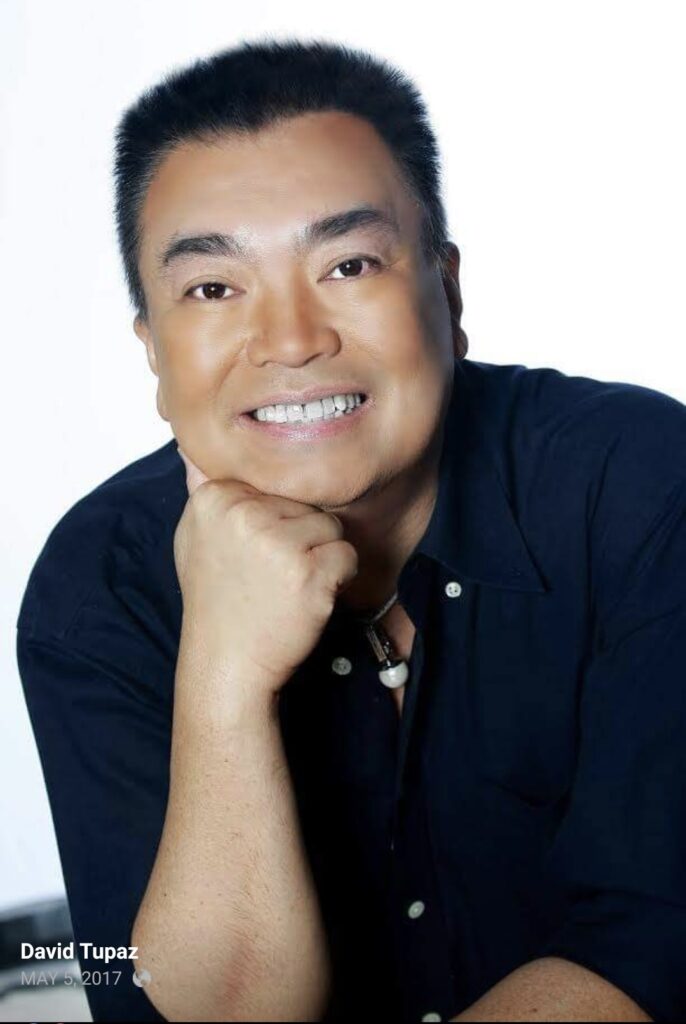
Paul Quinn: David, who was your biggest supporter when you were their age of younger?
David Tupaz: My grandfather was one of my biggest supporters, one of the big inspirations of my life. He always believed in me. I remember him always telling me, “David you have to be the best you can be.”
When I was a little boy, I didn’t know what he meant. For me it was like a cliché, like your parents telling you to eat your vegetables, be a good boy. Even through high school, my grandfather would remind me to be the best I could be.
And when I was about to enter college, I confronted him. It was Christmas dinner at his house. As I was leaving, he started again — “Be the best you can be.” And I said, Grandpa, enough! Be the best, be the best — is this a habit? Do you have any other message for me?”
And he laughed and said, “Ok, now that you’re about to enter college I can see you have a direction in life. By the time you reach your goal and your dreams come true, I might not be there anymore. But that’s not the point. The reason I want you to be the best you can be is because there’s only going to be one William Shakespeare, who after 500 years we’re still studying his work.
There’s only going to be one Wolfgang Amadeus Mozart, who after 300 years we’re still playing his music.
There’s only going to be one Albert Einstein, who has changed the course of science, whose discovery mankind is benefiting from today.
There’s only going to be one Coco Chanel, who changed how women dress and made the little black dress a uniform for all women of style.”
“Who are these people?” he said. “They’re not kings, they’re not queens. They were regular people like you and me, but they became the best they could be. And what they contributed mattered.”
“So, one day I hope you become something like them,” he said. “Because ever since you were a little boy, I knew you naturally creative. You have to feel honored that the universe gave you the gift of creativity, because it is not available to everyone. But with this gift comes responsibility, because when you’re a creative person you’re like a light. You don’t hide a light under the table or in a closet, you put it above, in the center of the room, so that everything around it shines making life more beautiful.”
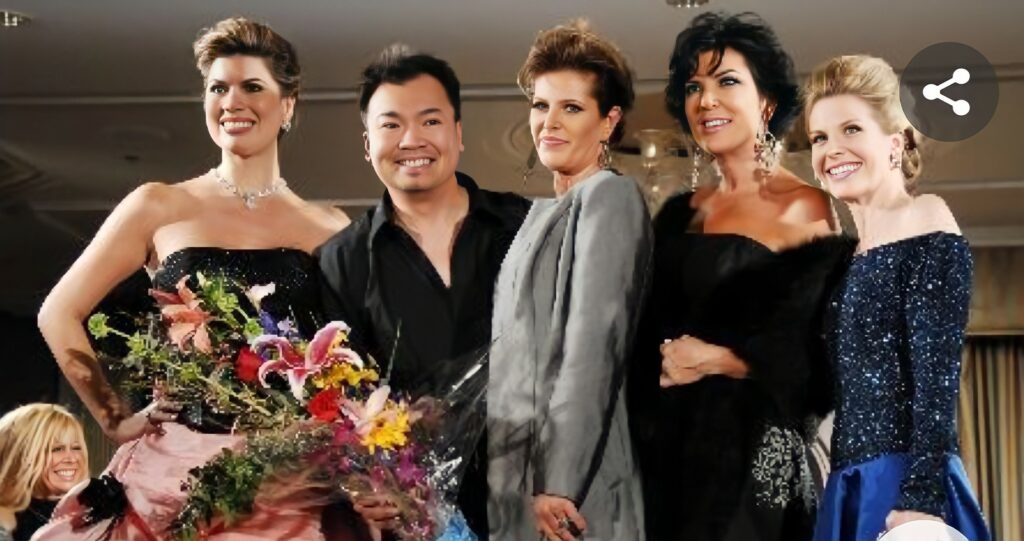
For more information or to contact David Tupaz visit davidtupaz.com
A shout-out to Master Connector Virginia Muzquiz for telling me about David Tupaz.
Paul Quinn is author of a nearly completed book about asking as a life skill, which features portions of this content.

0 Comments